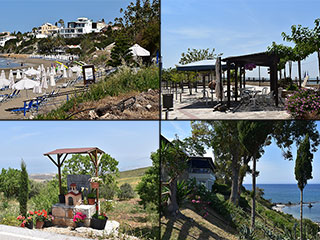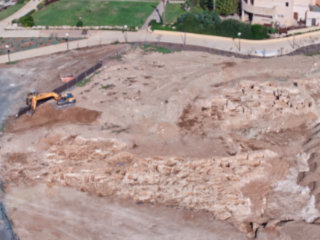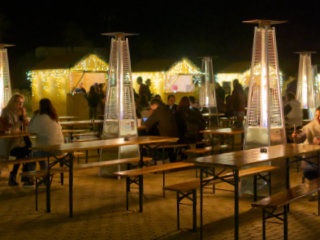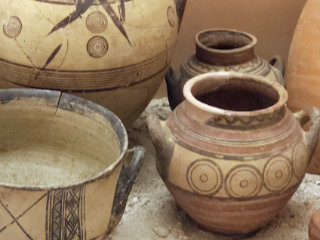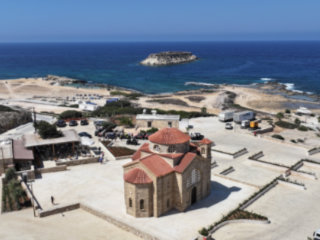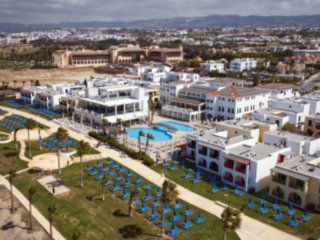The Lighthouse and Beyond
Let's Have A Map
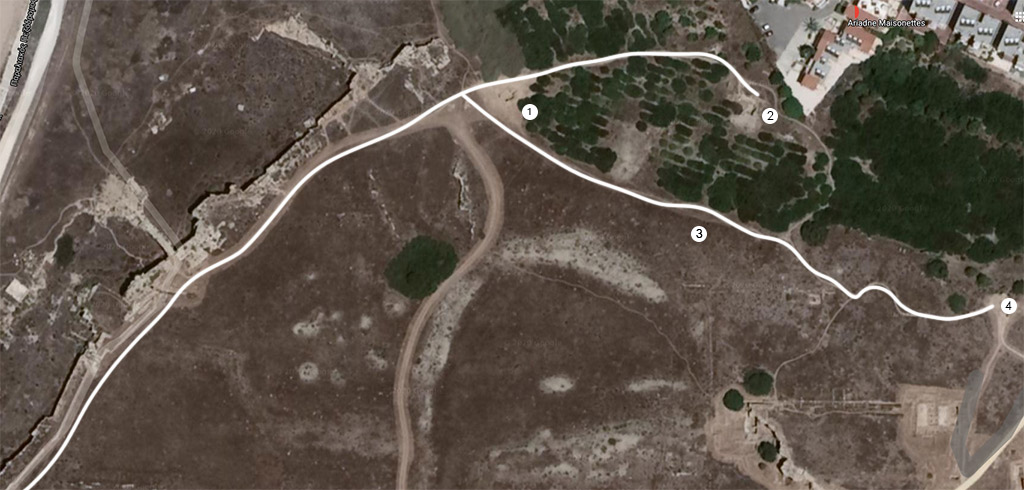
The next part of the tour could get a bit confusing, as the pamphlet supplied at the start of the tour doesn't really cover much of this area. So I have done a screenshot from Google Maps and added the route we take. The city wall and gate are on the left of this picture.

Towards the Tombs

This is the area just before Point #1 on the map. We are going straight ahead at first, to see the tombs. Then we will going right.
Tomb #1
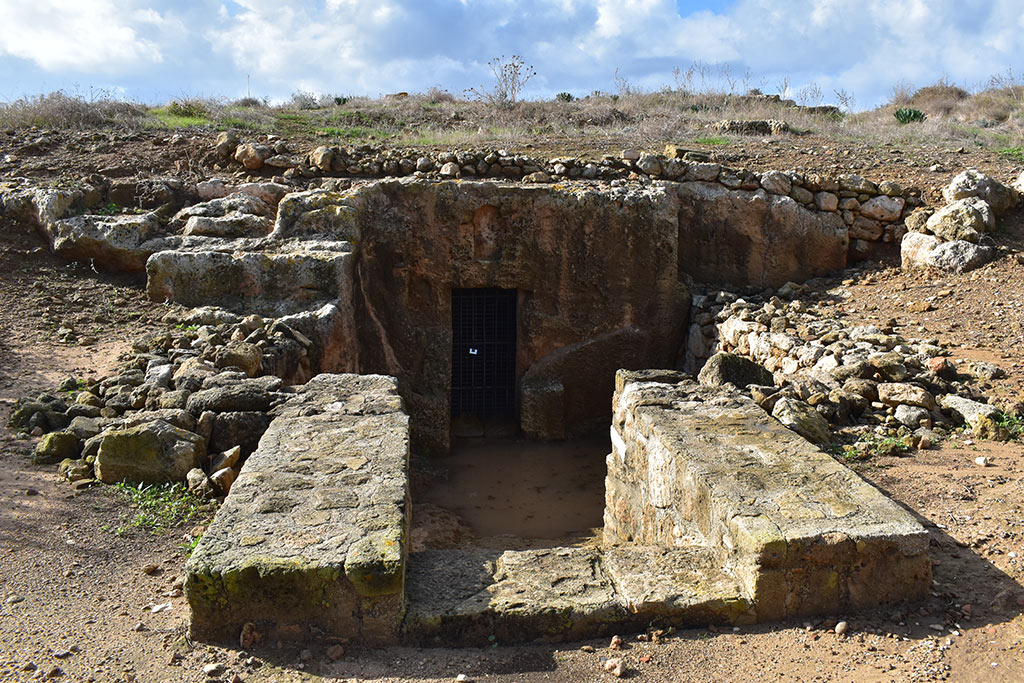
This is point #1 on the map. According to the pamphlet the buildings in this part of the park are ancient underground tombs. You can't get inside, but with the aid of our small 360 camera and a selfie stick, we can take a photograph to see what is inside...
Inside Tomb #1
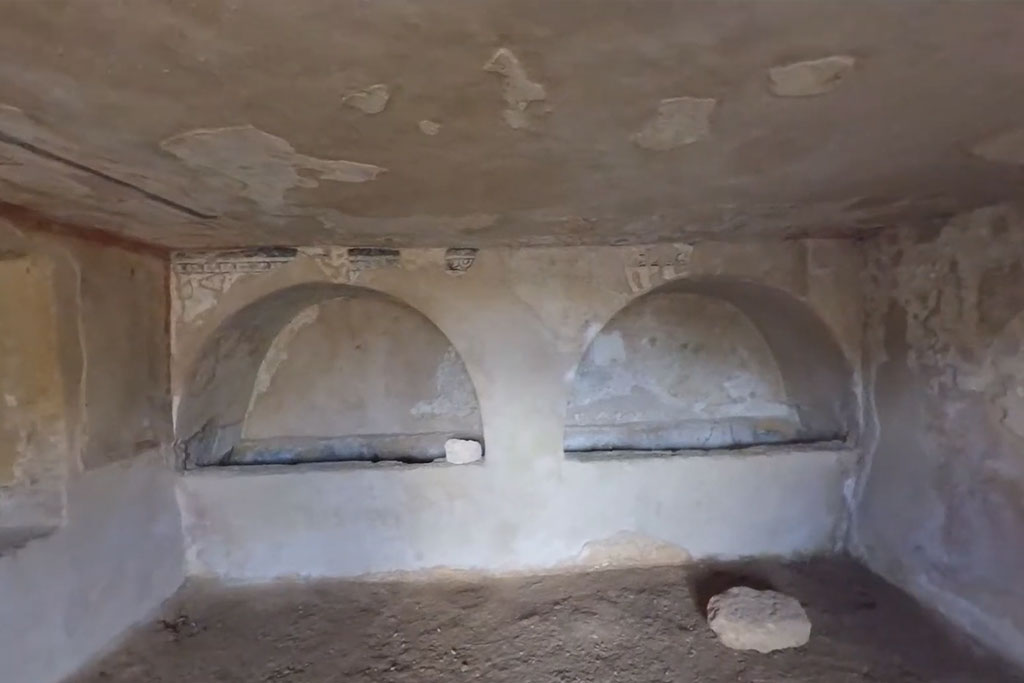
As you can see, there used to be murals on the walls here.
Rock-cut chambered tombs with frescoes
On the same place as the archaeological site external to the northern wall, a group of rock-cut chambered tombs have been discovered. Only two of them have been parially excavated. Both tombs comprise an entrance hall and a burial chamber.
Traces of frescoes with geometric and floral patterns remain in the entrance halls while over their entrances hewn triglyphs and metopes are preserved. During the Roman times four sarophagoi were put around the dromos of the one tomb and arcosolia were built above them. The faces of the sarcophagoi and the arcosolia were embellished by various painted linear and floral patterns. These tombs, which are found at the southern extrimity of the northern necropolis of the city were definitely family tombs, and are to be dated to the beginning of the Hellenistic period.
[66-67]
In case you were wondering but afraid to ask, the arcosolia are the recessed arches you can see here.
Tomb #2
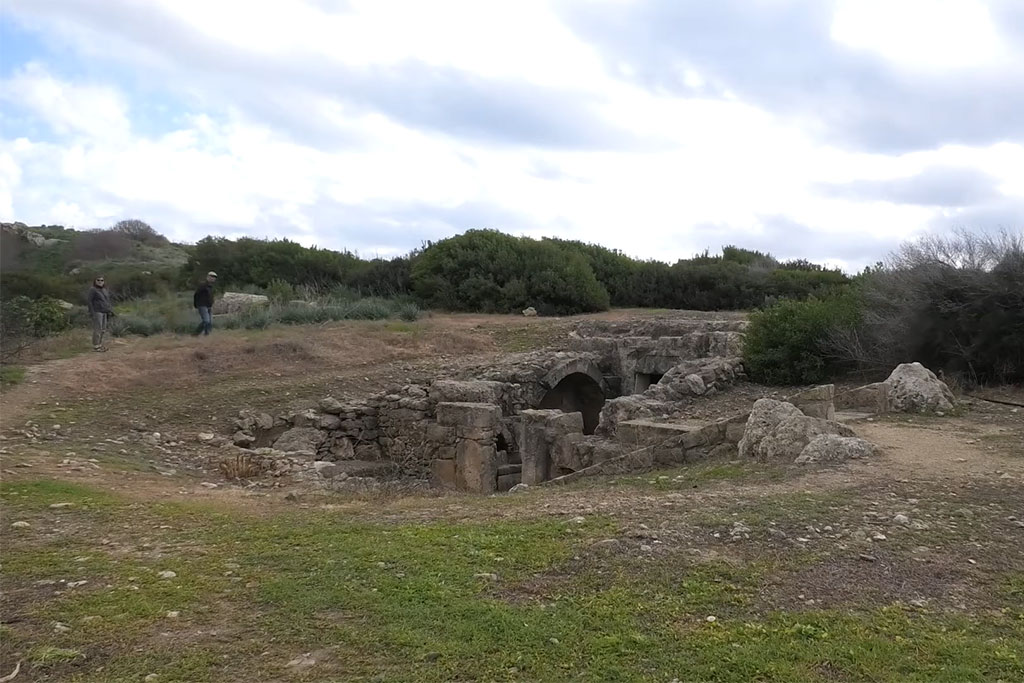
Beyond Tomb #1, a path continues through the undergrowth. If you continue down there you will arrive at Tomb #2. This is slightly more substantial than the first tomb, though is also locked.
If you do have the archaeological guide we have been referring to, take a look at the picture on page 66. This shows this tomb as it looked a few years ago. There is a fence behind it and none of the undergrowth you now see, so you get a clear look at the lighthouse from here.
Page 6 of 7


Related Blogs:
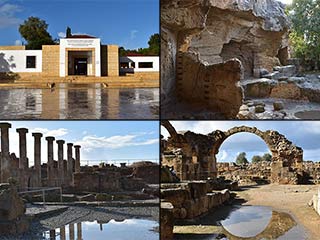
Paphos Archaeological Park - Summary
We first blogged about the Archaeological Park a couple of years ago. It was a short blog, and focused mainly on the pretty spring flowers. Now we are returning, to give the rest of the park the attention it so richly deserves.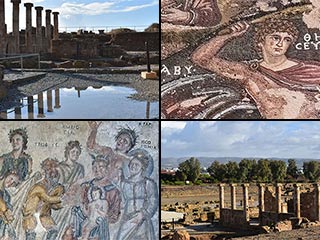
The Houses of Aion and Theseus
It's time now to start our detailled look at the Archaeological Park, so let's begin at the beginning. Once you enter the Archaeological Park, if you keep left, the first sites you will arrive at the The Houses of Theseus and Aion. Let's take a look at their mosaics and other attractions...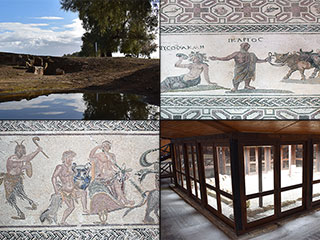
The House of Dionysos
The House of Dionysos is the jewel in the crown of Paphos Archaeological Park - a fine collection of well-preserved mosaics, conveniently located under one roof." When people refer to the mosaics in Paphos, they are usually talking about this place. So let's take a look.Good Pages To Visit
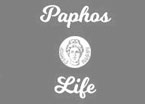
FB PagePaphos Life on Facebook
Like us on Facebook and stay notified of new blog posts.

FB PageOur Facebook Chat Group
Paphos Chat has been created for people who like our site and want to chat using Facebook. You can also easily upload photos of any size here. A lot of people are members of the Facebook chat group and the main forum. It's entirely up to you.
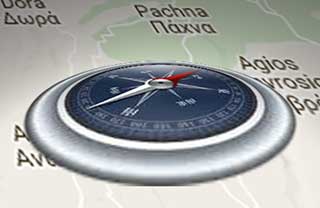
ListBlog Locations
Planning a day out? Then use our map of blog locations as a handy guide. Some of the places we visit our closer to each other than you might think, so take a look and start planning your next adventure...
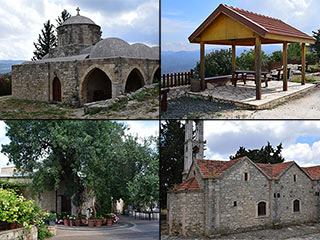
eBookCyprus Road Trip 01: the Kathikas - Panagia Loop
Let me take you on a journey around the region of Paphos, Cyprus. Starting at Paphos itself, we travel to Akoursos, then Kathikas, Kritou Terra and Simou. We continue past Lasa and Kannaviou, before taking in the delights of Panagia. Getting a bit more adventurous, we visit the abandoned villages of Statos and Agios Fotios, before passing through Choulou, Letymbou and Polemi, and rejoining the main Paphos - Polis road.
The route is suitable for all types of vehicle, and requires no off-roading. The guide contains about 130 photographs including shots of all the road signs you need to pay attention to, as well as some of the highlights you may experience along the way.
There are also several maps which will help you keep your bearings.
You can do this journey in a day, or you can break it up into chunks. You can also do it in reverse, to get some completely different views. It is entirely up to you.
